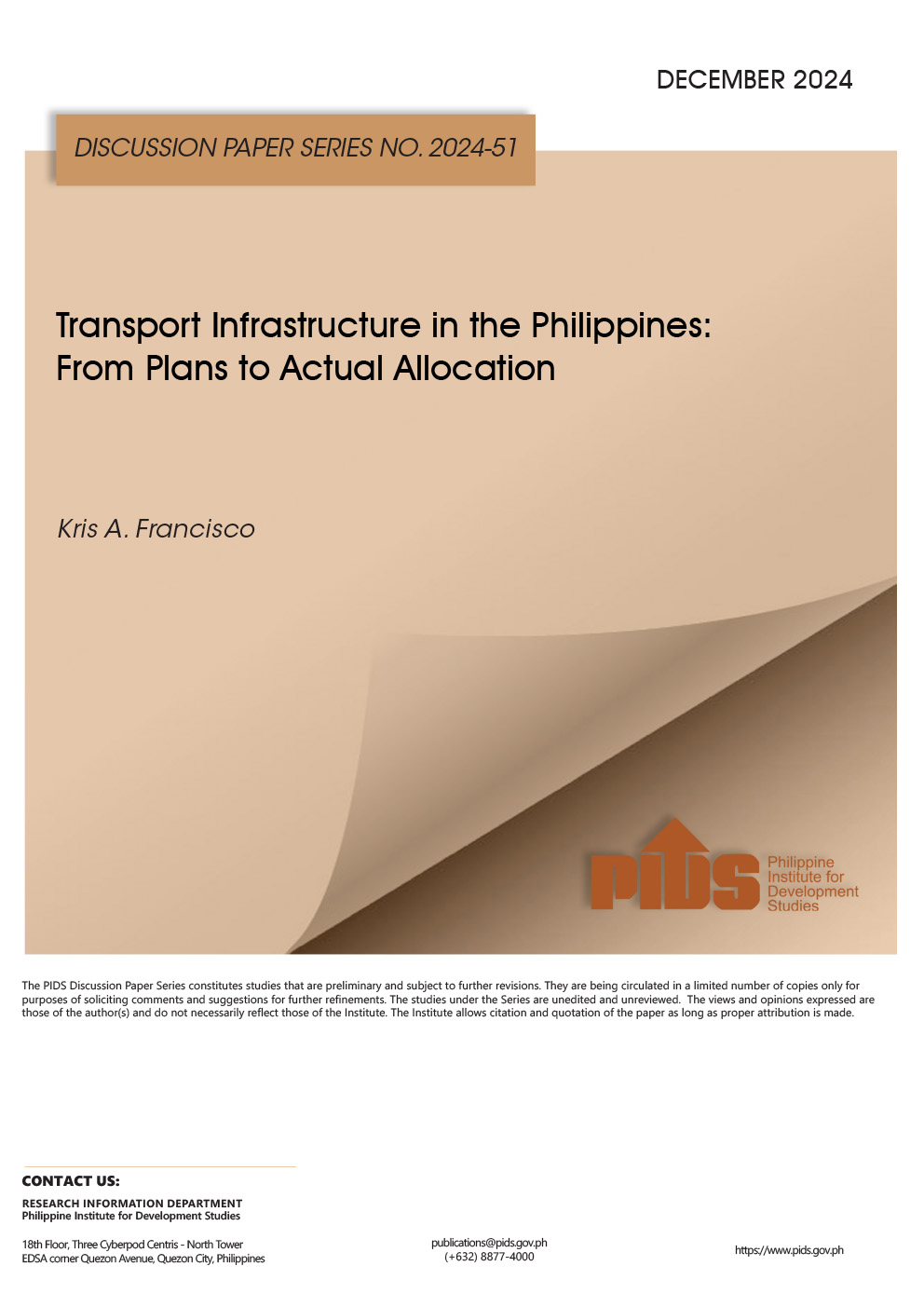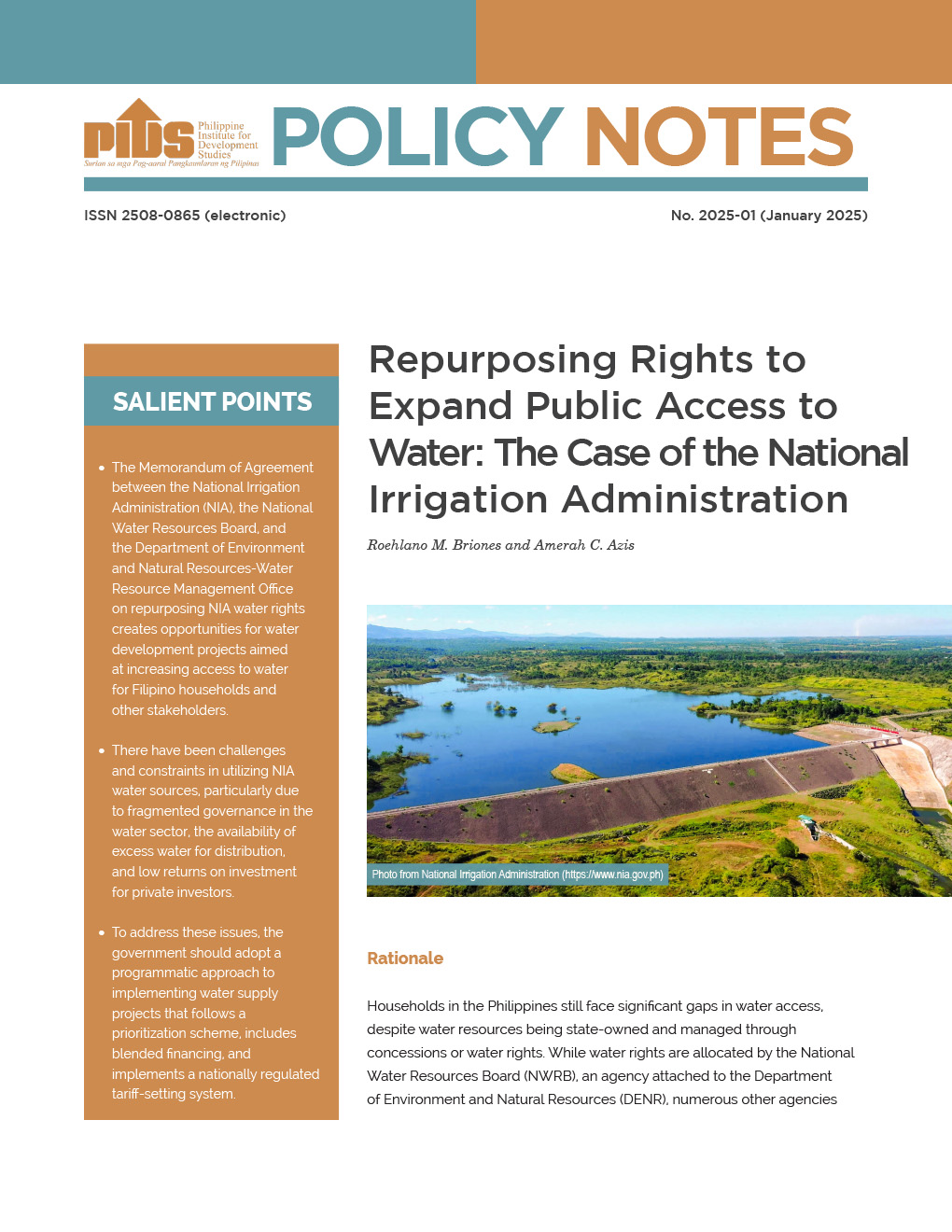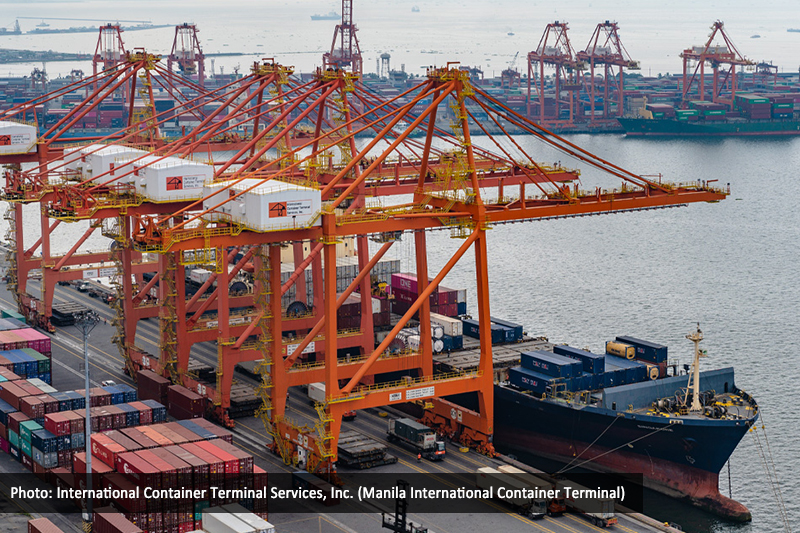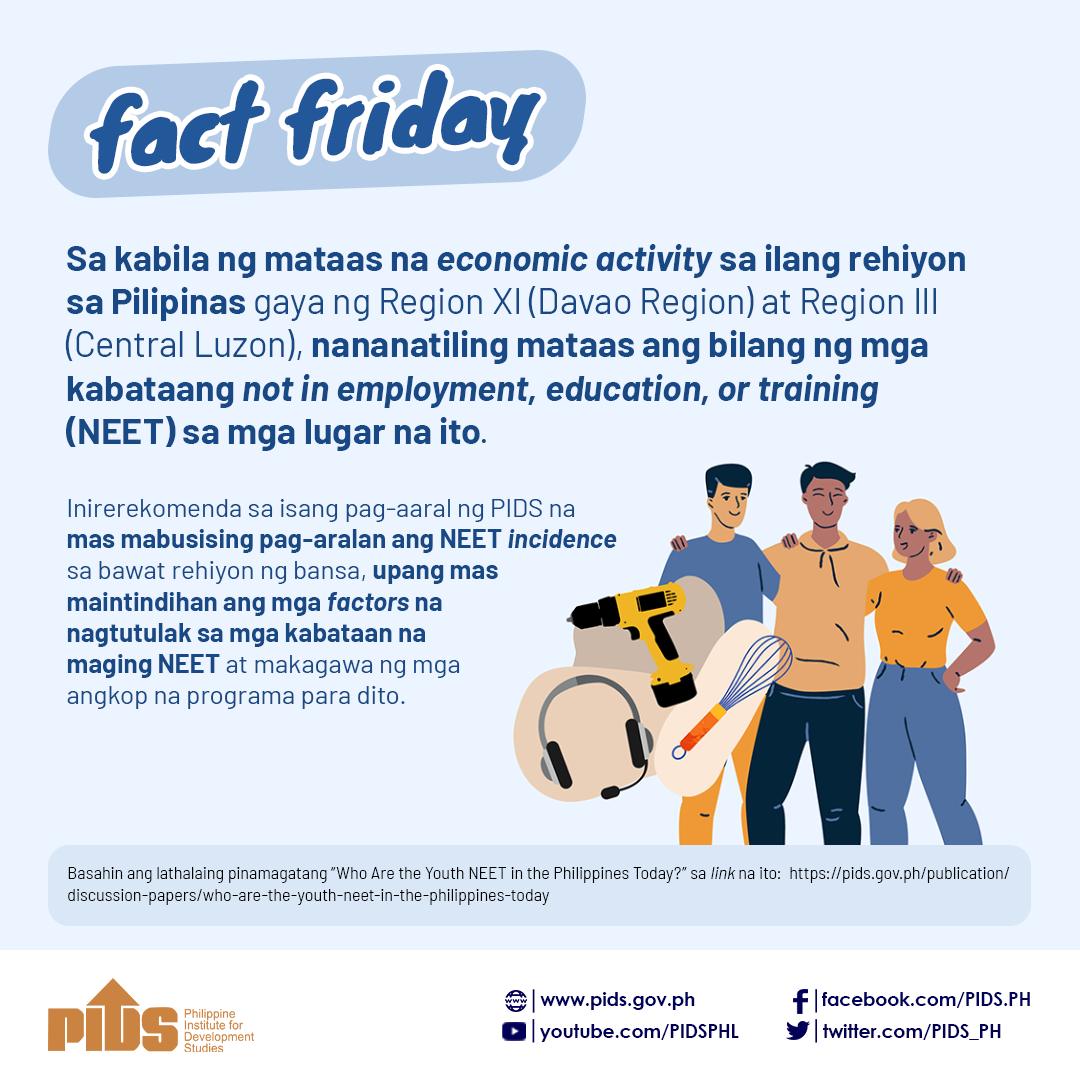Government-run research agency Philippine Institute for Development Studies (PIDS) said the proposed revival of the Oil Price Stabilization Fund (OPSF) is not an effective mechanism to tame soaring oil prices petroleum pumps even as it cautioned the incoming Marcos administration not to fall into temptation of resuscitating such “cost subsidy’ mechanism.
In a paper set forth by Dr. Adoracion M. Navarro, senior fellow at PIDS and former Undersecretary of the National Economic and Development Authority (NEDA), she stated that “petroleum price setting by fiat and using a price stabilization fund to smooth the price resulted in mismatches between payments to the fund and claims against it.”
Instead of pushing for the revival of the OPSF, the next administration is prodded to seriously consider legislation of a policy that will compel the oil companies to unbundle all fuel cost components being passed on at the pumps; and for the State to comprehensively study the establishment of strategic petroleum reserve (SPR) or oil stockpile.
Navarro noted that in the Philippine history of implementing the OPSF from 1971 until 1984, “the general public ended up subsidizing oil consumers through subsidies from the national budget.”
She similarly cited “the lack of discipline” of some policymakers as a factor contributing to the fund’s insolvency – primarily so since many of them fell through when it comes to strictly adhering to the price stabilization purpose of the OPSF – with them “failing to implement the increase in the regulated price when the magnitude was large and allowing the use of the fund for something not directly related to price stabilization.”
The study also opined that if the incoming Marcos administration will bring back the OPSF, this will come along as a direct reversal of the deregulation policy being enforced in the downstream oil industry, hence, it will disturb the ‘liberalized investment environment’ which became the basis for the flow of capital in the Philippine oil sector since 1998.
“The temptation to reverse the downstream oil industry deregulation is partly due to pressures from populist demands. But when the OPSF revival is promised with unexamined premise, politicians also obfuscate,” Navarro stressed.
The special fund was first created in 1971 under then President Ferdinand Marcos Sr. administration. It was eventually renamed to OPSF in 1984 carried out under Republic Act 6173 by the defunct Oil Industry Commission. The OPSF was initially established with broad uses, such as “for projects related to oil consumption, exploration, project development, and research.”
Then in 1979, the special fund was chiefly utilized for price stabilization, and that was done “by subsidizing the oil importation of government entities (including that of the National Power Corporation and Philippine National Oil Company) to ensure adequate supply at regulated prices.”
Navarro, nevertheless, highlighted that “price stabilization through this mode ran into trouble, such as when successive price spikes occurred in 1979 or the second oil shock of the 1970s,” which was then precipitated by the Iranian Revolution that started in 1978.
In 1979, a special allocation into the fund was also made through Consumer Price Equalization Fund (CPEF) to reimburse the local oil companies “for the successive cost increases and maintain domestic prices at levels lower than what were dictated by market forces.”
However, by 1983, Navarro emphasized that Letter of Instruction 1335 of the late President Marcos subsequently declared that the CPEF “had eroded to the point that it could no longer protect consumers from price increases.”
Then as a result of that Presidential pronouncement, the CPEF was abolished and the industry regulator then – the Board of Energy – was instructed “to let prices adjust based on actual costs and market forces but capped based on rate of return regulation.”
And while the OPSF was formally enforced in 1984 and chiefly implemented for ‘oil price softening every two months,” the financial standing of that fund also turned very murky in the end – and that was partly due to the huge claims against the fund that also triggered its eventual collapse.
In particular, the PIDS study conveyed that “the 1991 claim by the government on Shell’s underpayment of contributions and the government’s subsequent imposition of surcharge against Shell was settled with finality only in 2008,” and the drag was due to protracted legal cases that ensued because of the claims and counterclaims lodged by the parties-in-interest.
Navarro underscored that while “there remain a few countries that have price stabilization funds, all of them are finding it hard to sustain funds operation and dealing with large deficits,” adding that at this stage, “the general direction of reforms globally is to remove fossil fuel subsidies.”
For example, in the case of Vietnam, while oil prices had been stable “in the early years of price stabilization implementation, price increases have recently been allowed due to demand and supply pressures,” and such experience exhibits parallel developments in the case of other countries with oil price stabilization funds – including those of Thailand, Chile and Malawi.












